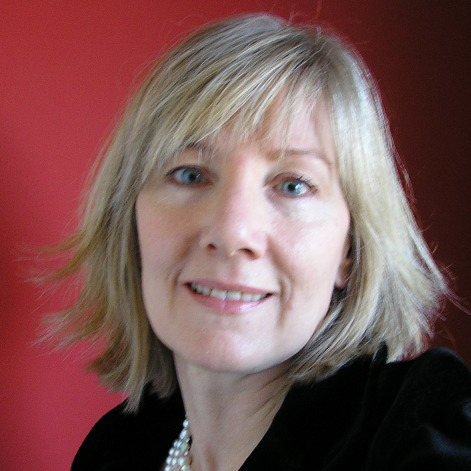Advertisement
Commentary
These Aren’t Just Jewelry — They’re Medals For A Life Well Lived
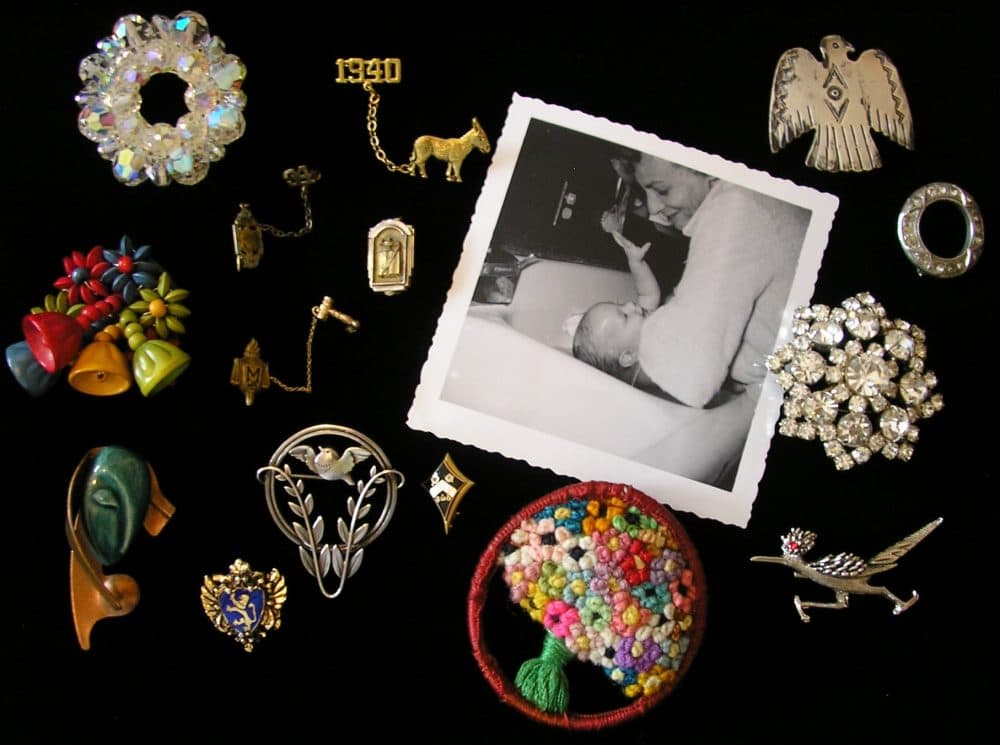
One crisp late October day, a few years back, I received a small, heavy box in the mail. Inside were 50 stunning brooches. There was an enormous dragonfly with yellow Swarovski wings, a peridot, citrine and ruby cat, and a huge red and pink Joan Rivers June bug. The return address belonged to my cousin Darcie.
When I took a leave of absence and moved back home for six months at 33 to take care of my mother, it was Darcie who took care of me. Every few days she called and asked, “are you having fun yet?” I would then describe the daily comedy — or drama — with my legally blind, hard-of-hearing mother with lung cancer who refused to hire anyone to help her cook, clean or drive.
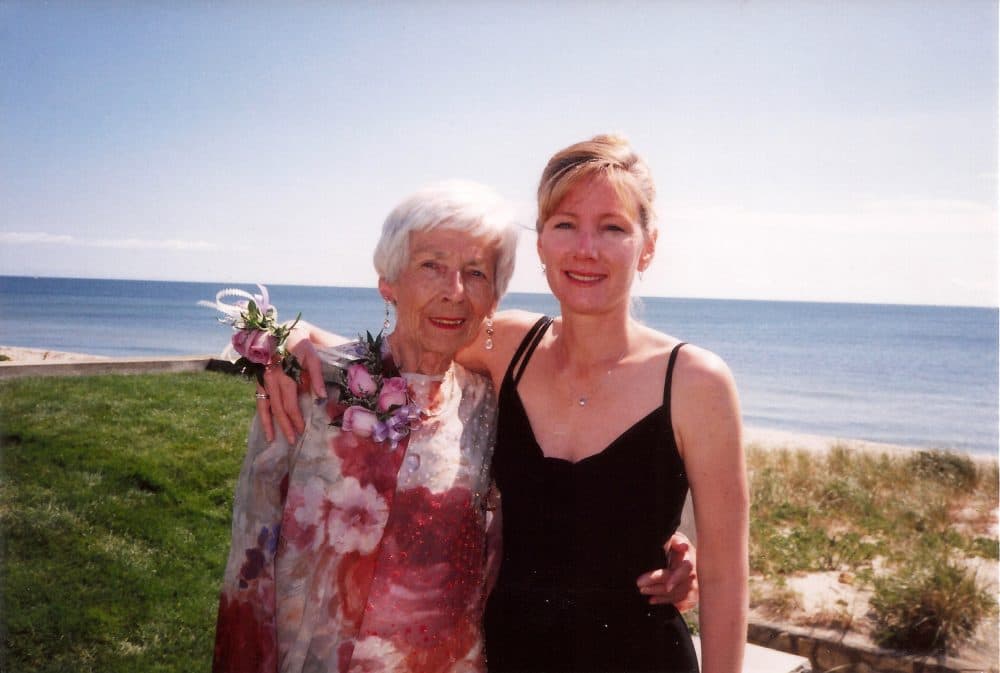
“Nothing’s easy,” Darcie said, and recounted how she wrestled every day for weeks to help her own mother — my mother's sister — squeeze into not-stretchy-enough orthopedic stockings after her mom had broken a hip. “It took me hours to get those suckers on.”
We were two career women who had suddenly found ourselves in the starring role of chief caregivers without any preparation. I was a TV news producer living overseas, Darcie was a bank vice-president.
Among the darkest hours of my life, just after my father died, a doctor gave my mother six months to live. My friends had not yet encountered such parental chaos, but Darcie had lost her father a few years earlier, and now she watched over her mother. Darcie understood.
For many years when we were little, Darcie and I lived on the same street just three houses apart. We often chased around the backyard playing characters from The Wizard of Oz; she was Glinda and I was Dorothy.
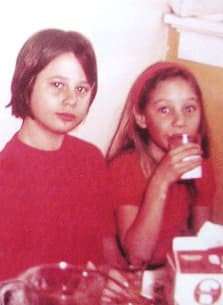
After a long day of playing chef, housekeeper and shower attendant for my mother, I escaped to meet Darcie for dinner. She wore a suit with a bright brooch on her lapel; a four-leaf clover made of red rhinestone hearts. With freshly cut brown hair, expressive dark eyes framed with mascara, and perfect lipstick, Darcie always looked put together, in a way that I, in my rambling, scrambling manner, never attempted.
I admired brooches, but only women more elegant than I seemed to wear them. Whenever I tried one on, be it the turquoise pin from my best friend in elementary school, or the tiny onyx pin my grandmother had worn in her 1908 graduation photo, I wondered what the brooch symbolized. Perplexed by the asymmetry of wearing just one, I returned it to the jewelry box.
Darcie buoyed my spirits during those long months, and at their conclusion, my mother was still alive. In fact, we treasured 10 more years together. After she died, I found that she had a small collection of her own brooches, tiny gold and enameled pins from Madison High School, Eastern College and the Kappa Alpha Theta sorority. A little gold donkey attached by a chain to the year 1940 indicated that she had voted for Franklin D. Roosevelt for president. A love note from my father accompanied a sterling silver Georg Jensen brooch, a simple bird within a circle.
These were my mother’s medals of honor, marking her milestones and telling her life story. But instead of donning them with the pride of a soldier, she humbly stored them in the back of a drawer. I arranged them on black velvet and framed them.
Years later, I received an email with unthinkable news; Darcie had metastatic cancer. I wept for days. This wasn’t the way the story was supposed to go; Glinda didn’t get sick. After I summoned the courage to call her, our voices kept breaking. In subsequent conversations, we spoke about her efforts to stave off the illness, but what she really wanted to know was, what fun was I having? Other than my parents, no one has ever been so concerned about my happiness.
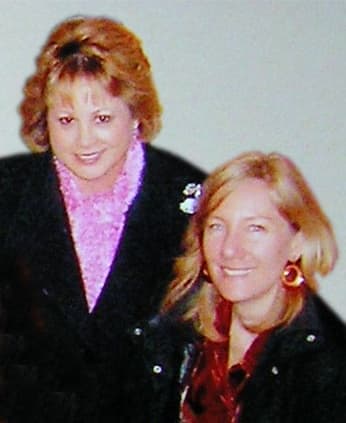
To raise her spirits, I emailed Darcie a photograph that showed a model wearing a turquoise blazer bejeweled with a dozen brooches. Darcie quipped that she should now cluster them on the pajamas that had become her daily uniform.
In shaky handwriting on the card that came with the box, Darcie ordered me to “load up!” on a new midnight blue velvet jacket she had also sent. I arranged the crystal flowers, birds, bees, turtles, fish and other creatures across the shimmering blazer composing a vibrant narrative of Darcie’s travels and her celebration of the natural world.
At first, I wondered if wearing a dozen and a half pins together might be too gaudy. Instead, I discovered they made people happy. A cashier brightened and laughed. Friends discussed each of the pins and reminisced about their own. Strangers smiled.
In early November, after Darcie's package arrived, I wore my full medal jacket to her funeral.
